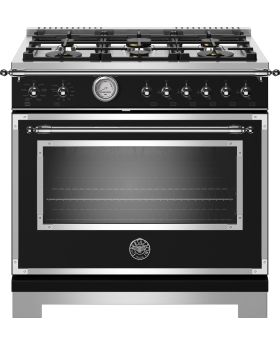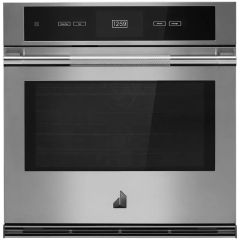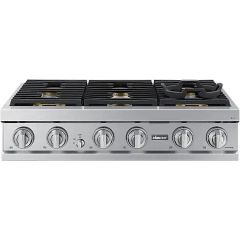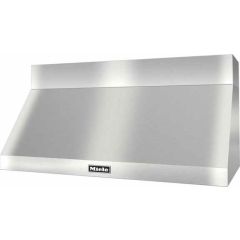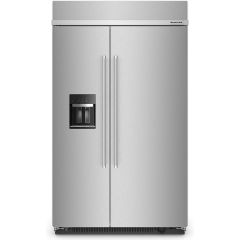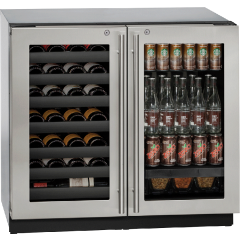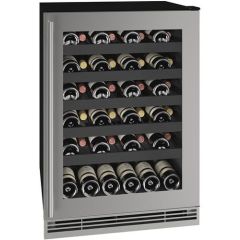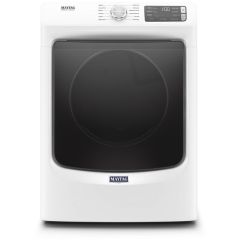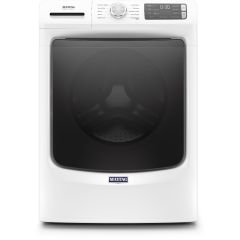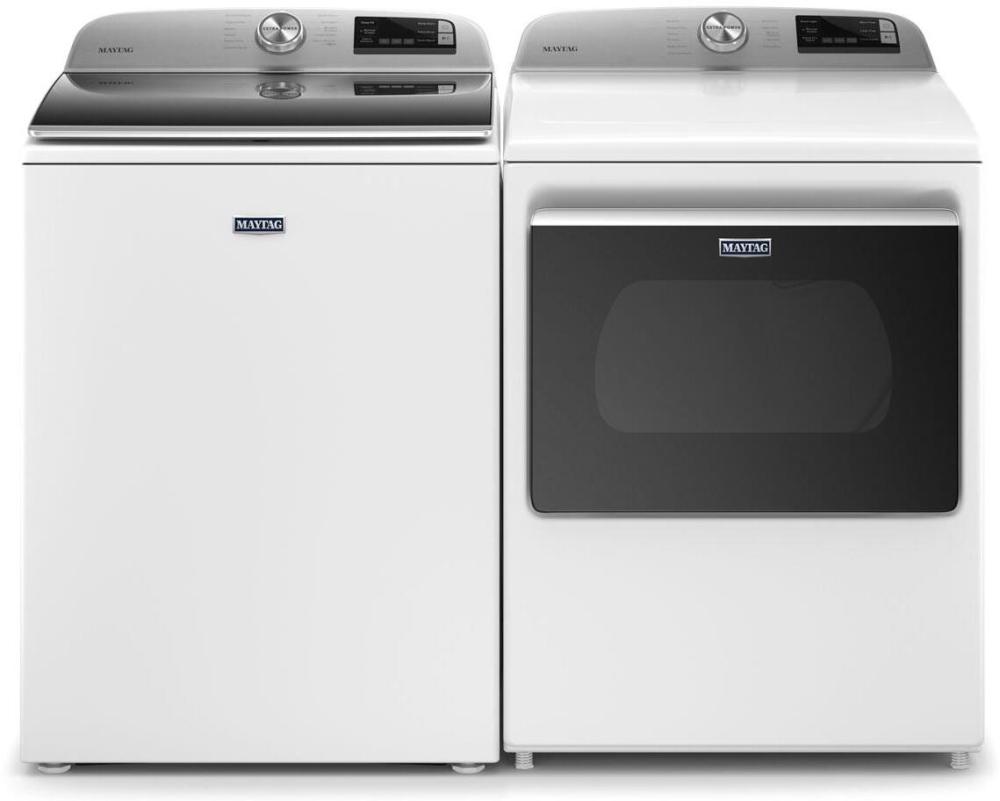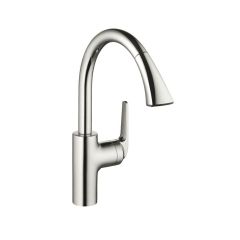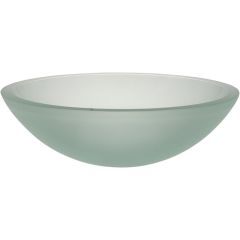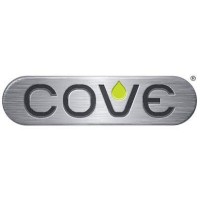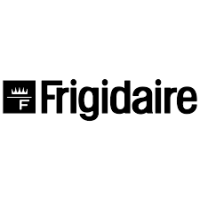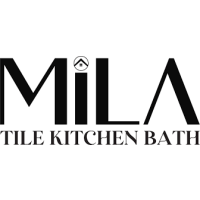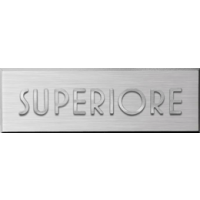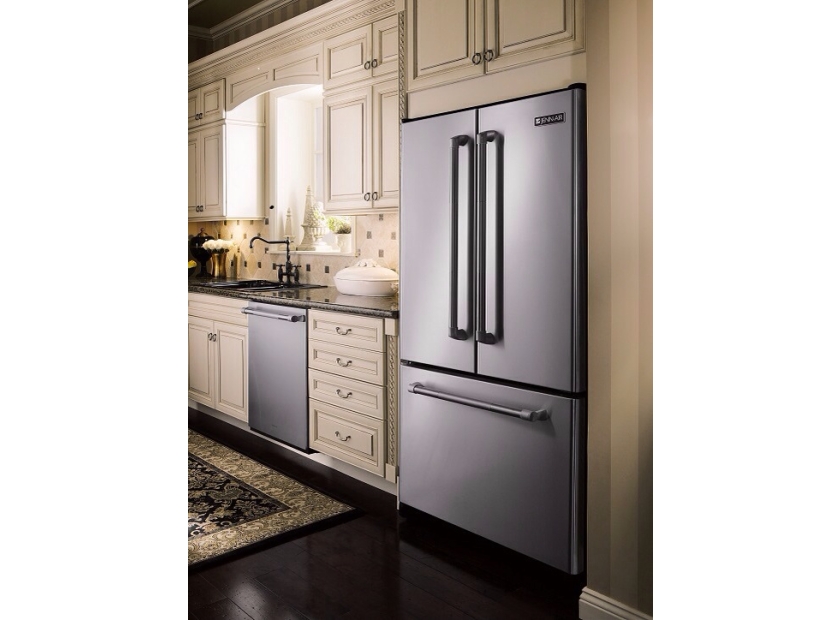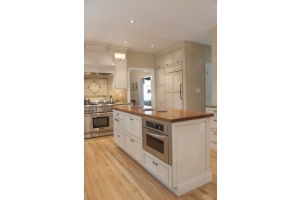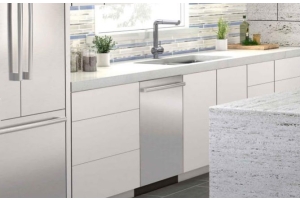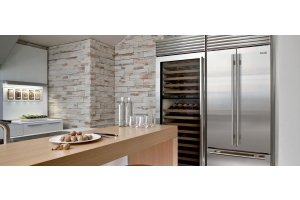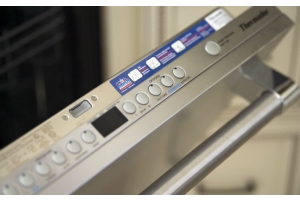Standard Depth Refrigerator VS Counter Depth Refrigerator
At BestDealsOnAppliances, we understand that selecting a new refrigerator for your kitchen remodel or to replace an outdated appliance involves a blend of function, features, and aesthetics. With a multitude of refrigeration options available, navigating through various brands and configurations can be a daunting task. As you embark on your research and embark on the journey of shopping for a new fridge, it's essential to gain insight into the specific attributes of each available refrigerator type.
We've dedicated considerable time to comparing refrigerator types, brands, and compact fridge models, but now, let's delve into a crucial aspect: the installation type. The most prevalent refrigerators used in household kitchens are counter-depth and standard-depth refrigerators. The choice between these two can significantly influence your purchase decision and the overall look you aim to achieve. So, let's explore the key distinctions between counter-depth and standard-depth refrigerators.
Counter-Depth Refrigerators
If you've recently updated your kitchen or have an eye for the latest design trends, you've probably come across counter-depth refrigerators in newly renovated kitchens. Counter-depth refrigerators are increasingly popular due to their streamlined design and elegant construction. But what sets them apart?
Counter-depth fridges are slightly taller than standard-depth models, designed to be more space-efficient and seamlessly integrate with surrounding cabinetry and countertops. They offer nearly identical storage space to a traditional full-size refrigerator but won't protrude past your kitchen cabinets, ensuring a clutter-free walkway.
The distance from your backsplash to the front of your kitchen counters is an indicator of your "counter-depth." To fit within this space, counter-depth fridges are shallower than standard-depth models, typically ranging from 23 to 27 inches deep. In contrast, most full-size standard-depth refrigerators measure more than 30 inches deep, commonly in the 35- to 36-inch range. This means a traditional refrigerator may extend over six inches beyond the edge of your countertop.
So, how does this impact your kitchen? Opting for a counter-depth refrigerator allows you to achieve the sleek, refined look you desire while retaining ample storage space. It minimizes congestion and disruptions in your kitchen, particularly when you have more than one cook in the space.
Standard-Depth Refrigerators
While counter-depth refrigerators are gaining popularity, most people are more familiar with freestanding or standard-depth models. These are the most common refrigerator type found in everyday kitchens.
Standard-depth refrigerators occupy more space than counter-depth models, generally measuring 35 to 36 inches deep when considering the doors and handles. This extra depth provides more room for groceries and leftovers, but it also consumes additional space in your kitchen, which may limit your mobility.
The added depth can be a concern in smaller kitchens because your refrigerator will slightly extend beyond the surrounding countertops and cabinetry. While not a significant issue, it can be a minor inconvenience and detract from the overall aesthetics.
Since standard-depth refrigerators are more prevalent, you'll likely find a wider selection of colors, finishes, and styles as you explore and plan your newly designed kitchen space.
Both counter-depth and standard-depth refrigerator models are available in the four most popular styles: side-by-side, French door, top-freezer, or bottom-freezer. If you have limited kitchen space, you can also find top- or bottom-freezer refrigerators with narrower dimensions to optimize your available space.
With a wide range of design options, you're certain to discover the ideal refrigerator type for your new kitchen. Let's take a quick refresher on some of these fridge types:
French Door Refrigerator: Featuring two doors on the top section and one or more freezer drawers below, French door refrigerators are known for their versatility and require less clearance to open each compartment compared to single-door models.
Side-by-Side Refrigerator: As the name suggests, these refrigerators have two full-height doors. One side contains the refrigerator compartment, often equipped with a water and ice dispenser, while the other side features the freezer compartment.
Top-Freezer Refrigerator: This timeless and traditional style places the freezer compartment on top of the appliance and the refrigerator compartment below. The handles are typically on the left, opening towards the right.
Bottom-Freezer Refrigerator: Mimicking the look of a French door model, the bottom-freezer refrigerator has just one refrigerator door on top and a freezer drawer below. The refrigerator door can open either to the right or the left, depending on the model.
What Are the Benefits of a Counter-Depth Fridge?
If you're contemplating a kitchen upgrade with a counter-depth refrigerator, let's further explore some additional benefits of this fridge variety:
One of the most attractive features of a counter-depth refrigerator is its seamless design. Even if you have a free-flowing kitchen layout and don't require additional floor space, a counter-depth model complements most modern kitchen cabinet designs without compromising storage space. Choosing a taller refrigerator design will provide the same usable space as a freestanding fridge, all while maintaining a sleek look.
Additional benefits of counter-depth refrigerators include:
More clearance space for opening doors without restrictions.
Improved mobility in the kitchen.
The shallower depth grants easy access to food, drinks, and condiments and simplifies cleaning.
Greater height ensures sufficient storage space.
Measuring Your Usable Space
Before enjoying the advantages of your new refrigerator, measuring is essential. Whether you opt for standard-depth or counter-depth, proper alignment is crucial.
Refrigerator sizes vary between models and brands, making accurate measurements of your refrigerator and kitchen space essential. Once you're prepared, grab a tape measure and a level, and follow these tips:
Note the location where you intend to install the new refrigerator. Measure the width at the upper cabinet, countertop, and base levels. Measuring the space at its narrowest point ensures an accurate fit.
Measure the height from the floor to the lowest point on the upper cabinet. Take this measurement twice: once from the front of the space and again at the back. If the measurements differ, use the shorter one.
Measure the correct depth from the back wall, where the fridge will go, to the front edge of your counters.
If you have a kitchen island, measure the distance between the island and the refrigerator to ensure adequate clearance for delivery.
Leave at least two inches from the back wall, one inch from the upper cabinet, and 1/8 inch on either side of


